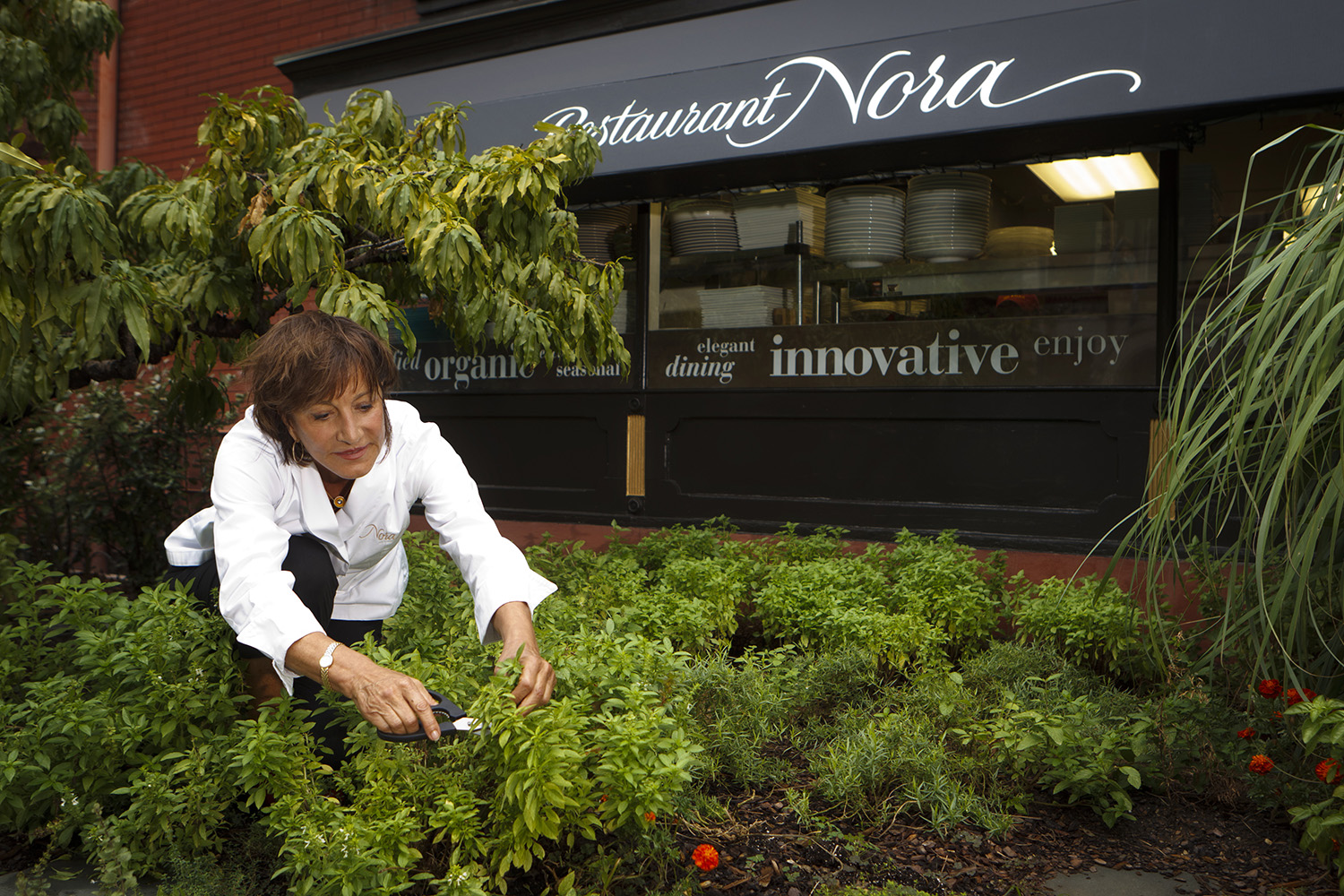Austrian Immigrants IV: Chefs and Austrian Cuisine
Austria has a long and great tradition of vocational training in many fields such as woodworking, baking and cooking. Austrian chefs have had great success with their restaurants and catering businesses in the U.S. Like Austria’s skiers, its chefs have come to the United States with little formal schooling but with much innate entrepreneurial talent. Wolfgang Puck, Kurt Gutenbrunner, and Thomas Ferlesch are prime examples of successful chefs/entrepreneurs.
Carinthian-born Wolfgang Puck learned cooking on his mother’s side. He is probably best known for his restaurants and cooking shows, catering of the Academy Award ceremonies, and brash marketeering of his cookware. After his apprenticeship in Austria and training with French chefs, he moved to the U.S. in 1973 and to Los Angeles in 1975. In 1981, he published his first cook book Modern French Cuisine for the American Kitchen and opened his “Spago” restaurant (the 1994 James Beard Restaurant of the Year), where House Smoked Salmon Pizza became his signature dish. With his quick success he launched a number of companies expanding his restaurant empire (now there also Wolfgang Puck Express shops in numerous airports around the world), moving into catering services and licensed products (like pressure cookers). In 2017, he received a star on the Hollywood Walk of Fame for his work on television and in film. He also has built a sterling reputation as a serious philanthropist, raising money for “Meals on Wheels” and cancer research.
Lower Austrian-born Kurt Gutenbrunner and Vienna-born Thomas Ferlesch have been successful chefs and restauranteurs in New York City. Gutenbrunner grew up in the small village on the Danube Wallsé, which also became the name of his first New York restaurant opened in 2000. He did his training in Vienna and Munich. He learned about Austrian wine culture in the Wachau region outside of Vienna. In 2001, Ronald Lauder hired him to run “Café Sabarsky” in his lovely museum of Viennese art and design Neue Gallerie. “Blaue Gans” and “The Upholstery Store” in the West Village were added later to the growing Gutenbrunner restaurant empire. In his cookbook Neue Cuisine (2011) he featured more than 100 of his favorite recipes from Wienerschnitzel to Apfelstrudel. Thomas Ferlesch learned about baking and organic food preparation from his family and later went to cooking school in Vienna. After 37 years of cooking in New York City with mentors such as George Lang at “Café des Artistes”, he opened his own restaurant “Werkstatt” (workshop) in Brooklyn, where he fuses his favorite New York dishes (soft shell crabs, shad, and roe) with traditional Austrian cuisine (Sauerbraten and Gulyash). French influences inform signature dishes such “Bourride with Aioli” (“a second cousin to bouillabaisse” with saffron), not to mention Milchrahmstrudel for dessert.
Sources:
On Puck see his website http://wolfgangpuck.com/ (accessed May 2, 2018).
On Gutenbrunner: https://www.starchefs.com/cook/chefs/bio/kurt-gutenbrunner (accessed May 2, 2018).
Julian Steiner, “Thomas Ferlesch, Werkstatt Brooklyn, NY,” Austrian Information 69 (Fall 2016), 63.


